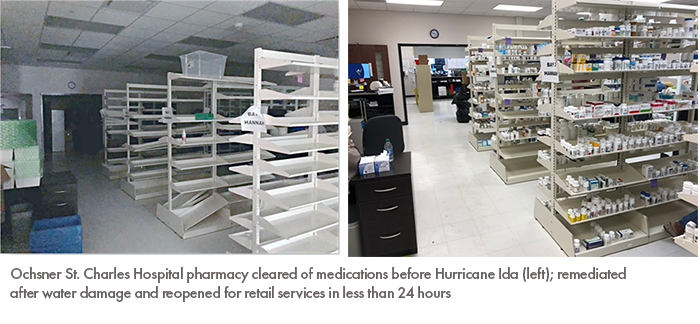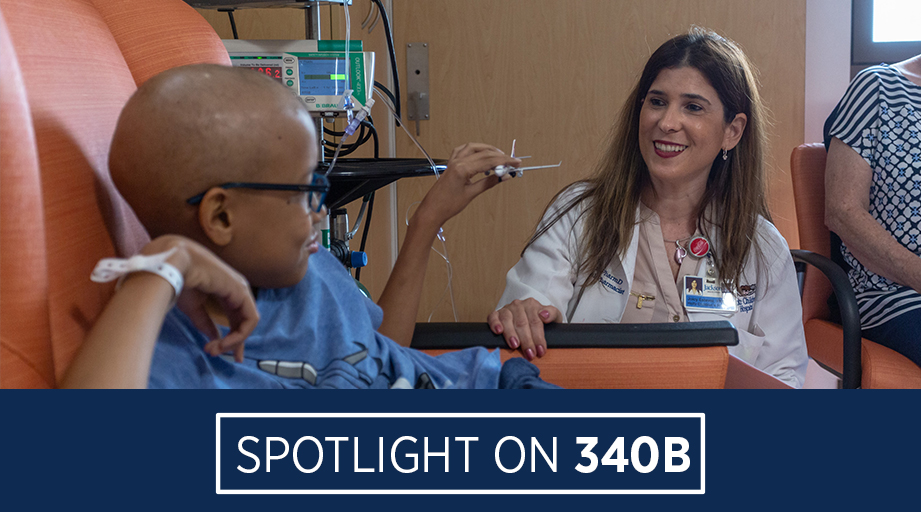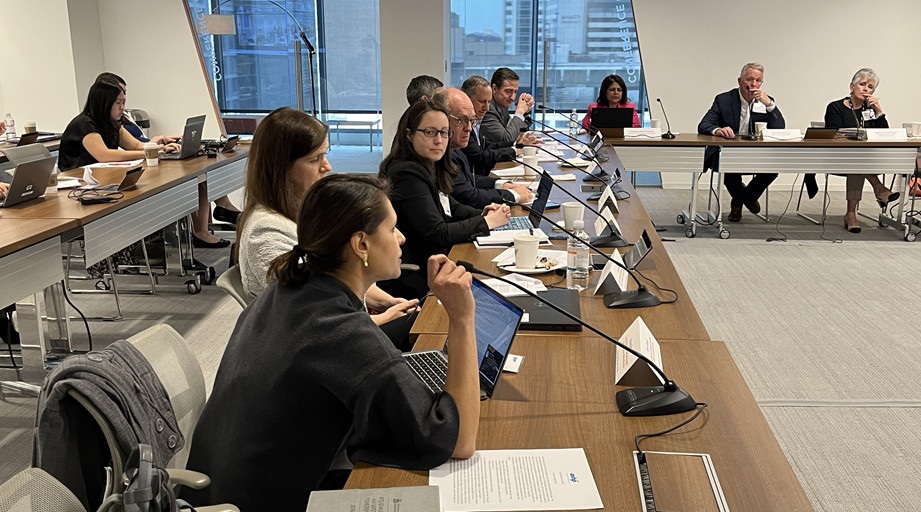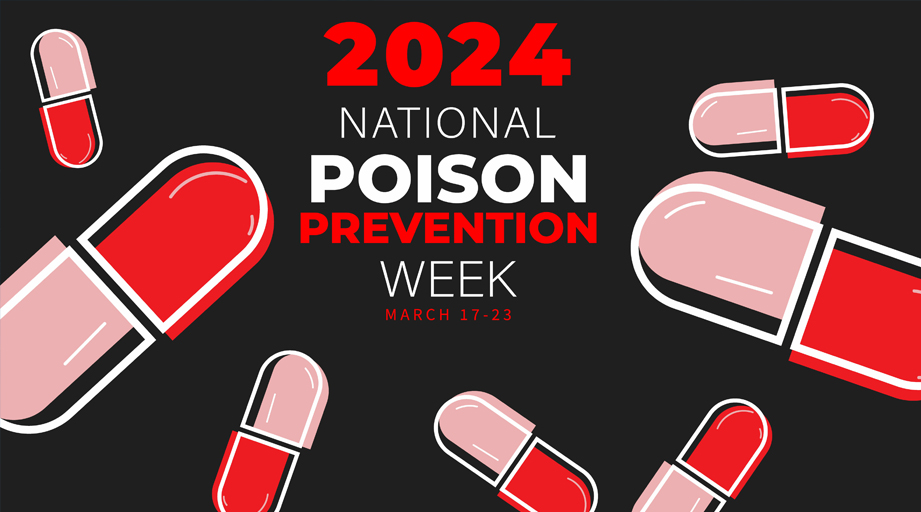
Ochsner Health’s experience with remote work during the COVID-19 pandemic helped the health system weather Hurricane Ida, which made landfall Sunday, Aug. 29, approximately 100 miles from New Orleans in Port Fourchon, Louisiana.
Deborah Simonson, system vice president of pharmacy services for the health system, and Ryan Pepper, assistant vice president for the pharmacy supply chain, remained onsite at Ochsner Medical Center in New Orleans throughout the storm. But other system pharmacy leaders who normally ride out weather emergencies were positioned far from Ida’s path to provide continuous remote support.
“Before COVID-19, we had a lot more people come onsite,” Simonson said. “With Hurricane Ida, we had to follow COVID-19 safety protocols, so we could not have our entire Team A on site. We really depended on support that we’d moved outside the impact zone.”
She said the leadership team functioned as a command center to handle urgent requests from hospitals for supplies, staffing, and other assistance. Despite some storm-related communication issues, the overall process worked well, and Simonson said she wants to refine this model and use it during future emergencies.
The new model proved its worth when Leonard J. Chabert Medical Center in Houma experienced power loss and air-conditioning issues, said Michael Battaglia, director of pharmacy for Chabert and Ochsner St. Anne in Raceland.
“We ran into some issues with the generators not performing at peak levels at times,” Battaglia explained. “We had to do things to try to preserve our room temperature inventory from temperature excursions.”
Curtis Badeaux, pharmacy operations coordinator for Chabert, strategized with Assistant Vice President for Pharmacy Operations Jason Chou, who was in Atlanta, Georgia. They decided to transfer the medications to the care of Krystin St. Romain, pharmacy manager for Ochsner St. Mary in Morgan City, Louisiana, which was out of the storm’s path.
“I got together with my other pharmacists, we got some of the nurses to help, we packed up most of our inventory, and Jason lined up a truck to pick it up,” Badeaux said. This took place Monday, Aug. 30, within hours after the storm made landfall.
That morning, St. Romain’s pharmacy team identified office space to use as a drug supply area, had the room rekeyed, and prepared to receive Chabert’s medications later in the day.
“We don’t have a big pharmacy staff,” St. Romain noted. “We had three people here at that time to help get all of Chabert’s medication into our pharmacy and then this extra supply area.”
St. Romain’s team also prepared to receive additional medications and automated dispensing cabinets to support about 30 patients who were evacuated from Chabert and transferred to St. Mary, along with about 10 evacuees from other locations.
St. Romain said the hospital was built during an oil boom and is licensed for 164 beds but is staffed for a typical census of 20–30 patients. In the weeks before the hurricane, the census had risen to about 30–40 patients per day because of the COVID-19 surge. Between the evacuations and a spike in new admissions after the storm, St. Mary’s census eventually topped 100 patients.
“Remote pharmacy kicked in to help verify all orders so we could focus on production,” St. Romain said. “They were also able to help handle our clinical responsibilities, so that was a huge, huge help to us.”
St. Romain said her entire pharmacy staff was onsite by Aug. 31, as were pharmacists from Chabert who came to St. Mary to help manage the increased patient caseload.
“I was super impressed with the ability of the system to flex,” said Matthew Malachowski, system director of population health and ambulatory care pharmacy for Ochsner Health. “Krystin’s census quadrupled essentially overnight. Her whole team was deployed, [and] they all pulled together.”
Simonson said it was also helpful that, as part of its COVID-19 response, Ochsner had reduced the burden on hospital IV compounding operations by shifting some production to the health system’s 503A compounding facility.
She also said the situation at Chabert underscored the need for the pharmacy enterprise to have portable generators and cooling units on hand as backup assets for the next emergency, which Ochsner is already planning for.
“We would have those assets ready for multiple sites, so that if they do have the air go down or generator issues, we will move those assets to keep the pharmacy up and running,” Simonson explained.
Another challenge for the pharmacy enterprise arose when Ochsner, in response to community needs, committed to opening a retail pharmacy in hard-hit St. Charles Parish. Simonson said her boss called and said: We need to have a retail pharmacy open in 24 hours to serve the community. She said OK.
That set in motion a flurry of phone calls, strategizing, and rapid decision-making. The pharmacy team opted to remediate a retail pharmacy site that had been emptied of its inventory ahead of the storm. The building was structurally sound but had sustained water damage, and the power was out.

Crews from all over Ochsner worked overnight and into the next day to dry out the site, establish generator power, normalize the temperature and humidity levels, and set up computer and wifi service. Medications were transported by truck over to the site and put away the next morning, and the pharmacy was ready for business in the afternoon.
Ochsner also established courier routes covering the St. Charles and Chabert sites so that outpatient prescriptions could be filled and the medications delivered to hospitals for displaced patients to pick up. Hospital pharmacies also provided area residents with a small emergency supply of outpatient medications when appropriate.
Chou said Ochsner’s hospitals were “buzzing with patients” in the days after the storm.
“A lot of people didn’t evacuate, [and] we still had significant patient volumes. And I think when you compound that with COVID, we had really sick people,” he said.
All this activity took place against a backdrop of significant personal loss for many Ochsner employees. Chou said the homes of several pharmacy team members were seriously damaged or destroyed by the storm.
“The general consensus among staff was, everybody needs to take care of patients,” Chou said. “I think that’s a very difficult thing to do when your house is damaged to a point where it’s unlivable.”
Chabert Medical Center began providing inpatients services on Oct. 8, and both Chabert and Ochsner St. Anne resumed full normal operations a week later.
[This news story will appear in an upcoming issue of AJHP.]






